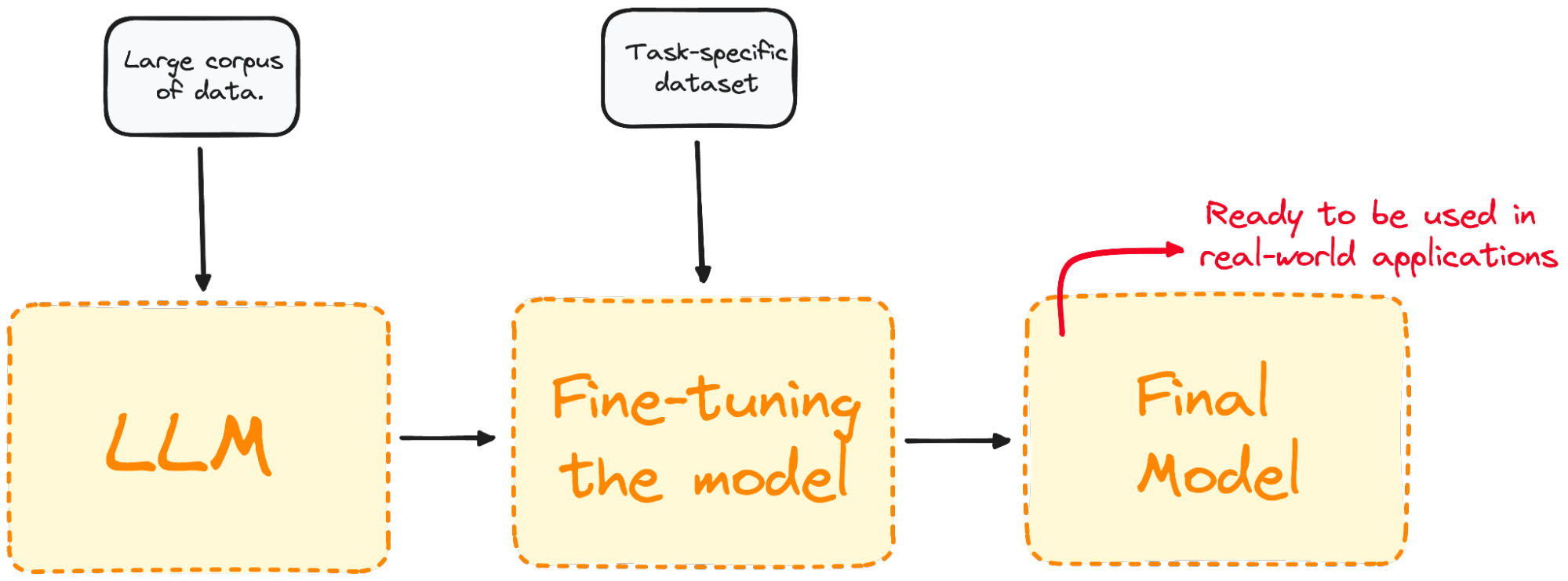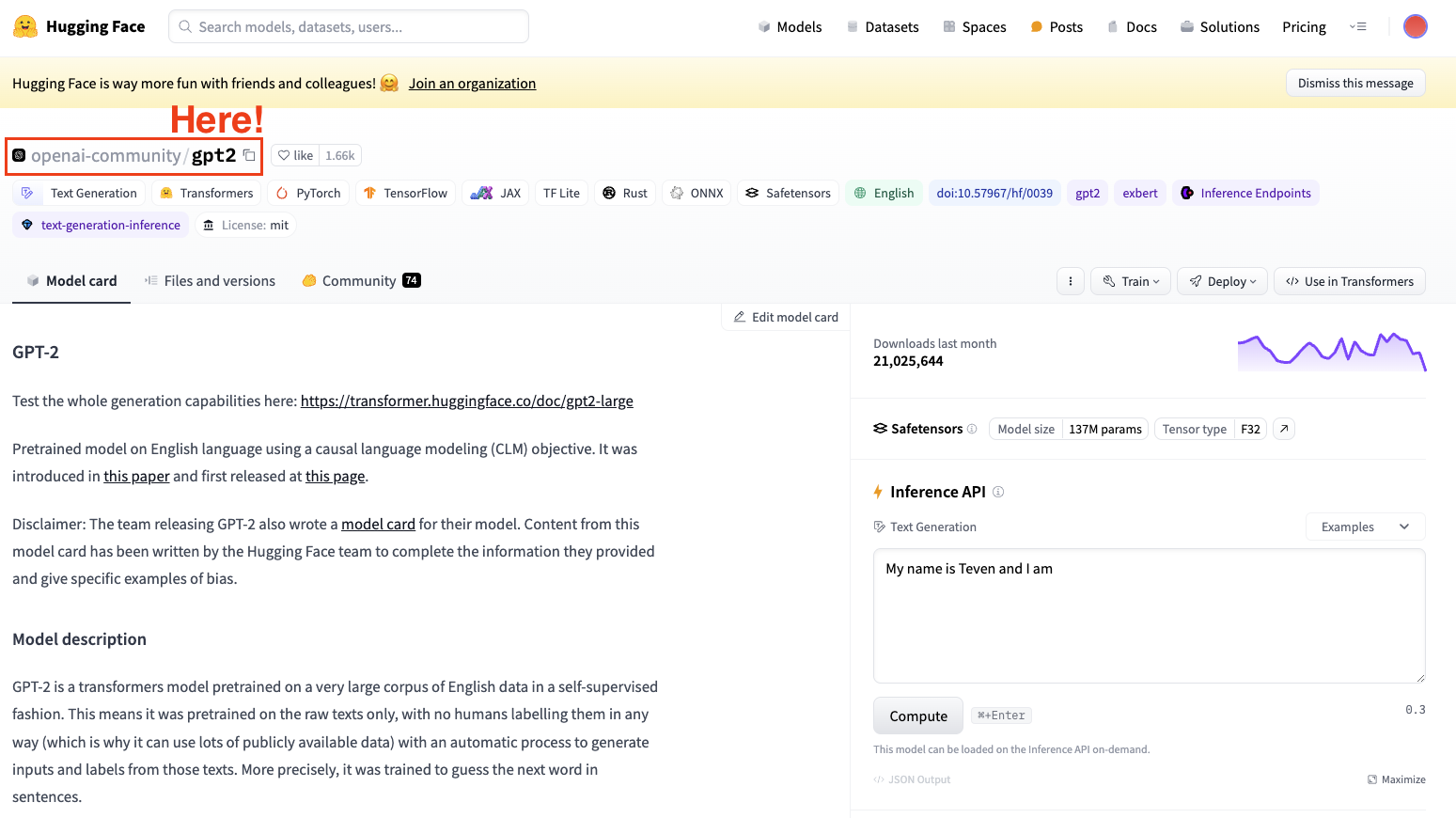Course
An Introductory Guide to Fine-Tuning LLMs
Fine-tuning Large Language Models (LLMs) has revolutionized Natural Language Processing (NLP), offering unprecedented capabilities in tasks like language translation, sentiment analysis, and text generation. This transformative approach leverages pre-trained models like GPT-2, enhancing their performance on specific domains through the fine-tuning process.
Updated Feb 2024 · 12 min read
Start Your AI Journey Today!
4 hr
3.2K
Course
Large Language Models (LLMs) Concepts
2 hr
19.3K
Course
Developing LLM Applications with LangChain
4 hr
3K
See More
RelatedSee MoreSee More
You’re invited! Join us for Radar: AI Edition
Join us for two days of events sharing best practices from thought leaders in the AI space
DataCamp Team
2 min
What is Llama 3? The Experts' View on The Next Generation of Open Source LLMs
Discover Meta’s Llama3 model: the latest iteration of one of today's most powerful open-source large language models.
Richie Cotton
5 min
How Walmart Leverages Data & AI with Swati Kirti, Sr Director of Data Science at Walmart
Swati and Richie explore the role of data and AI at Walmart, how Walmart improves customer experience through the use of data, supply chain optimization, demand forecasting, scaling AI solutions, and much more.
Richie Cotton
31 min
Creating an AI-First Culture with Sanjay Srivastava, Chief Digital Strategist at Genpact
Sanjay and Richie cover the shift from experimentation to production seen in the AI space over the past 12 months, how AI automation is revolutionizing business processes at GENPACT, how change management contributes to how we leverage AI tools at work, and much more.
Richie Cotton
36 min
Serving an LLM Application as an API Endpoint using FastAPI in Python
Unlock the power of Large Language Models (LLMs) in your applications with our latest blog on "Serving LLM Application as an API Endpoint Using FastAPI in Python." LLMs like GPT, Claude, and LLaMA are revolutionizing chatbots, content creation, and many more use-cases. Discover how APIs act as crucial bridges, enabling seamless integration of sophisticated language understanding and generation features into your projects.
Moez Ali
How to Improve RAG Performance: 5 Key Techniques with Examples
Explore different approaches to enhance RAG systems: Chunking, Reranking, and Query Transformations.
Eugenia Anello




